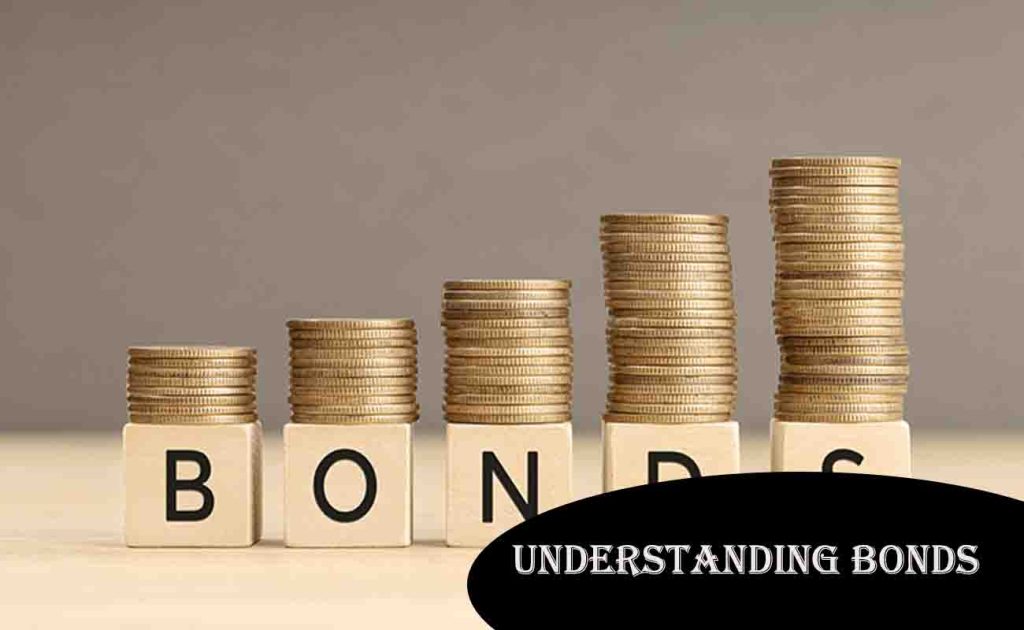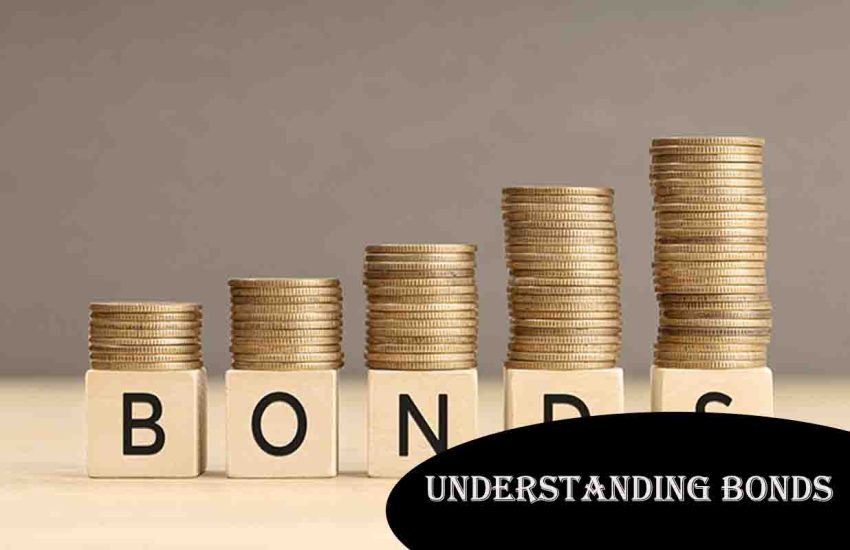When the stock market feels like a rollercoaster, bonds often emerge as the calm in the storm. They’re not as glamorous as tech stocks or crypto, but in March 2025, with economic uncertainty still in the air, bonds remain a cornerstone for investors seeking stability. Whether you’re nearing retirement or just balancing a wild portfolio, understanding bonds can help you weather volatility. So, what are they, how do they work, and why might they deserve a spot in your financial plan?

What Are Bonds?
A bond is essentially a loan you give to an issuer—think governments, municipalities, or corporations. In return, they promise to pay you interest (the coupon) over a set period and return your principal when the bond matures. For example, a $1,000 U.S.
Treasury bond with a 3% annual coupon pays you $30 yearly until maturity, then hands back your $1,000. Bonds are debt securities, prized for their predictability in a world where stocks can soar or crash overnight.
Types of Bonds
Not all bonds are created equal:
- Treasury Bonds: Backed by the U.S. government, they’re the gold standard for safety—think 10-year T-notes yielding steady returns.
- Municipal Bonds: Issued by states or cities, often tax-exempt, they fund schools or roads while padding your wallet.
- Corporate Bonds: Companies like Apple or Ford issue these for higher yields, but with more risk if they falter.
In 2025, Treasuries might yield 4% as rates stabilize, while corporate bonds could offer 5%-6% for bolder investors.
Risks and Rewards
Bonds aren’t risk-free, but they’re tamer than stocks:
- Interest Rate Risk: When rates rise, bond prices fall (and vice versa). A 2025 rate hike could dent older, low-yield bonds.
- Credit Risk: If the issuer defaults, you might lose out—rare for Treasuries, possible for shaky corporations.
- Rewards: Steady income and principal protection make bonds a lifeline for retirees or anyone dodging market chaos.
A $10,000 investment in a 10-year Treasury at 4% delivers $400 annually—reliable cash flow while stocks gyrate.
Building a Bond Ladder for Steady Income
Want income without tying up all your money? Try a bond ladder: buy bonds with staggered maturities (e.g., 1, 3, 5, and 10 years). As each matures, reinvest or spend the proceeds. Say you invest $20,000 across four bonds: $5,000 matures yearly, giving you flexibility and a buffer against rate swings. In 2025’s shifting landscape, this strategy balances safety with access to cash.
The Bottom Line
Bonds won’t make you rich overnight, but they’re not supposed to. They’re the steady hand in a volatile market, offering income and security when stocks stumble. In March 2025, as investors eye rate shifts and global uncertainties, bonds remain a safe haven—especially Treasuries and munis for the cautious, or corporates for a bit more yield.
Whether you’re laddering for income or diversifying a stock-heavy portfolio, bonds bring balance. Ready to tame the market’s wild ride? A bond might just be your anchor.
